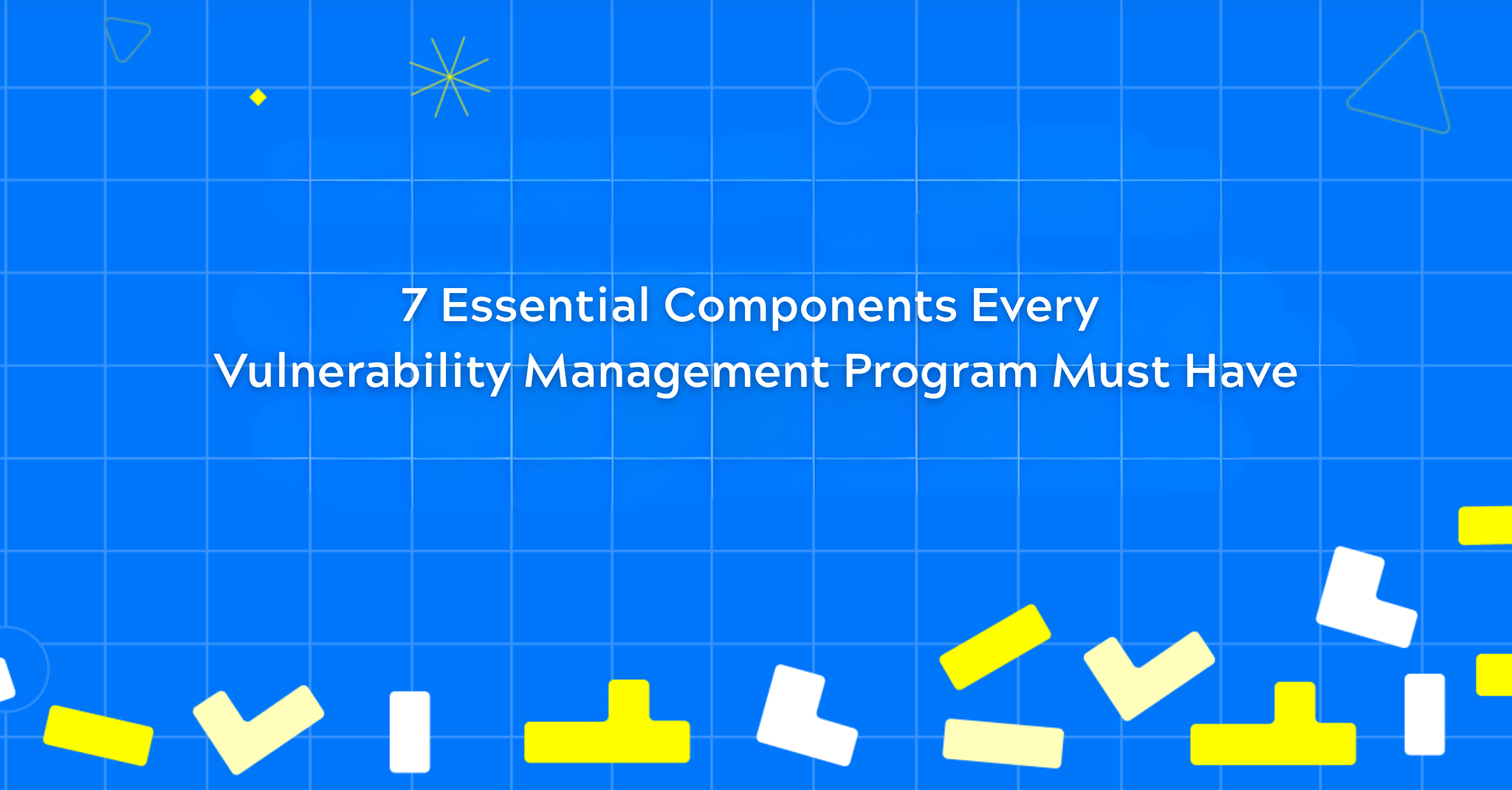OpenSSH Vulnerability (CVE-2024-6387): What You Need to Know

Ironically, CVE-2024-6387 resides in OpenSSH versions that implemented a security enhancement. This enhancement unintentionally introduced a vulnerability that could allow attackers to bypass authentication and potentially gain unauthorized access to sensitive data or even complete system control.
The vulnerability exploits a flaw in OpenSSH’s handling of specific authentication processes. Under certain configurations, attackers could leverage this flaw to bypass login credentials altogether.
Why This Matters: Assessing the Impact
The widespread use of OpenSSH across corporate and personal networks makes CVE-2024-6387 a significant concern. The severity of the risk depends on the specific OpenSSH version and configuration in use. Organizations with outdated or improperly configured OpenSSH installations are at greater risk.
Strategic Remediation: Leveraging Unified Approaches
Addressing vulnerabilities like CVE-2024-6387 effectively requires a strategic approach to remediation. Consolidating alerts from various tools and prioritizing based on threat severity can significantly enhance security posture. Automating and streamlining the remediation process reduces the burden on teams, ensuring faster and more efficient resolution of vulnerabilities.
Taking Action: Mitigating the Risks
Here’s what you need to do to address CVE-2024-6387:
- Immediate Patching: Deploy the latest OpenSSH update that addresses the vulnerability across all systems. Delaying updates significantly increases the attack surface for potential exploits.
- Network Controls: Implement firewalls and intrusion detection/prevention systems to monitor and control SSH traffic, mitigating the risk of prolonged connections. If you are unable to take these actions, consider setting LoginGraceTime to 0 in the configuration file. This makes sshd vulnerable to a denial of service (the exhaustion of all MaxStartups connections), but it makes it safe from the remote code execution presented in this advisory.
- Enhance Visibility: Achieve comprehensive visibility of your attack surface, including assets, identities, code, pipeline, vulnerabilities, misconfigurations, and more. Focus on the code that was actually used and deployed, identify coverage gaps in your security stack, and consolidate all this information to manage the entire remediation workflow from one place. This ensures all teams, goals, and tasks are aligned, leading to a more efficient and coordinated response.
-
Conclusion: What does CVE-2024-6387 Mean for Security?
The discovery of CVE-2024-6387 emphasizes the importance of prioritizing security and taking proactive measures. By following the recommended actions and adopting a unified approach to remediation, you can significantly mitigate the risks associated with this vulnerability.
Call to Action:
Don’t wait to address potential security gaps in your systems. Contact DevOcean to address vulnerabilities like CVE-2024-6387 with less time, effort and friction between teams. Our Unified Remediation Platform consolidates and prioritizes alerts, streamlines remediation processes, and bridges the gap between security and development teams.
The true cost of poor security remediation.
Goes beyond wasted resources, overspent budgets, and missed SLAs.
Stay ahead of breaches - get started with DevOcean.


%20Breach.png)

.png)
